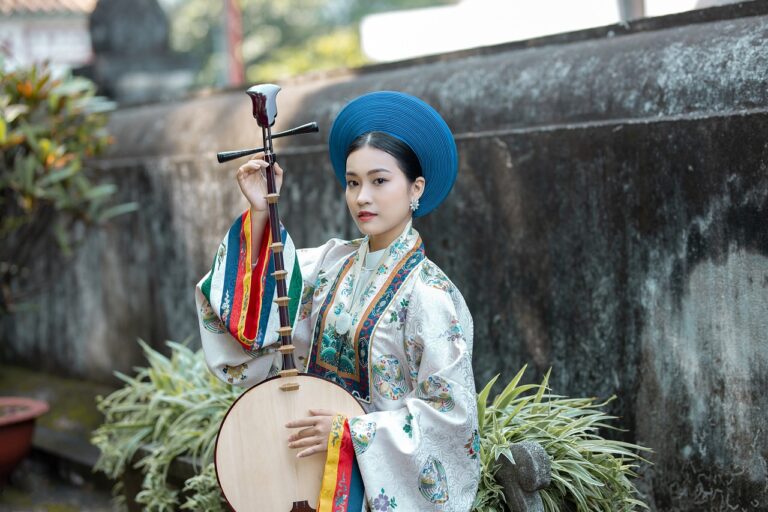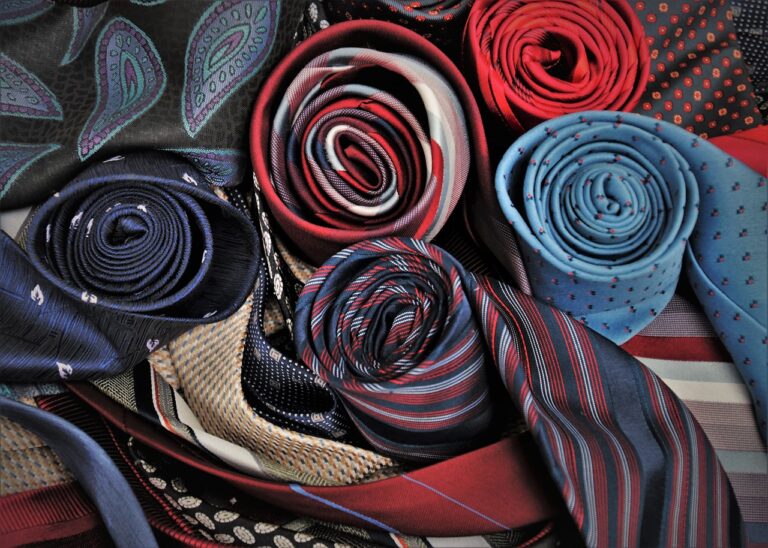Fashion and Inclusivity: Adaptive Clothing for People with Disabilities
Adaptive clothing refers to garments specifically designed to cater to the needs of individuals with disabilities or physical limitations. These clothing items are crafted with features that enhance functionality, ease of dressing, and overall comfort for the wearer. From adjustable closures to seamless design elements, adaptive clothing plays a crucial role in promoting independent dressing and fostering inclusivity within the fashion industry.
The primary aim of adaptive clothing is to address the various challenges faced by individuals with disabilities when it comes to selecting and wearing apparel. By incorporating innovative design techniques and adaptive features, these garments eliminate barriers and empower individuals to express their personal style with ease and dignity. In essence, adaptive clothing not only enhances the overall quality of life for its wearers but also promotes a more inclusive and diverse representation within the realm of fashion.
Challenges Faced by People with Disabilities in Fashion
One of the main challenges faced by people with disabilities in the fashion industry is the lack of inclusive and adaptive clothing options available to them. Many mainstream fashion brands have not yet fully embraced the concept of creating clothing that is not only stylish but also functional for individuals with disabilities. This lack of representation and consideration often leads to people with disabilities feeling marginalized and overlooked in the fashion world.
Furthermore, the lack of accessibility in physical retail spaces and online platforms also poses a significant challenge for individuals with disabilities. Many clothing stores are not equipped with features such as ramps, wide aisles, and fitting rooms that cater to the needs of people with mobility impairments. Similarly, online shopping experiences can be difficult for individuals with visual impairments or cognitive disabilities who may struggle to navigate websites that are not user-friendly or inclusive in design.





